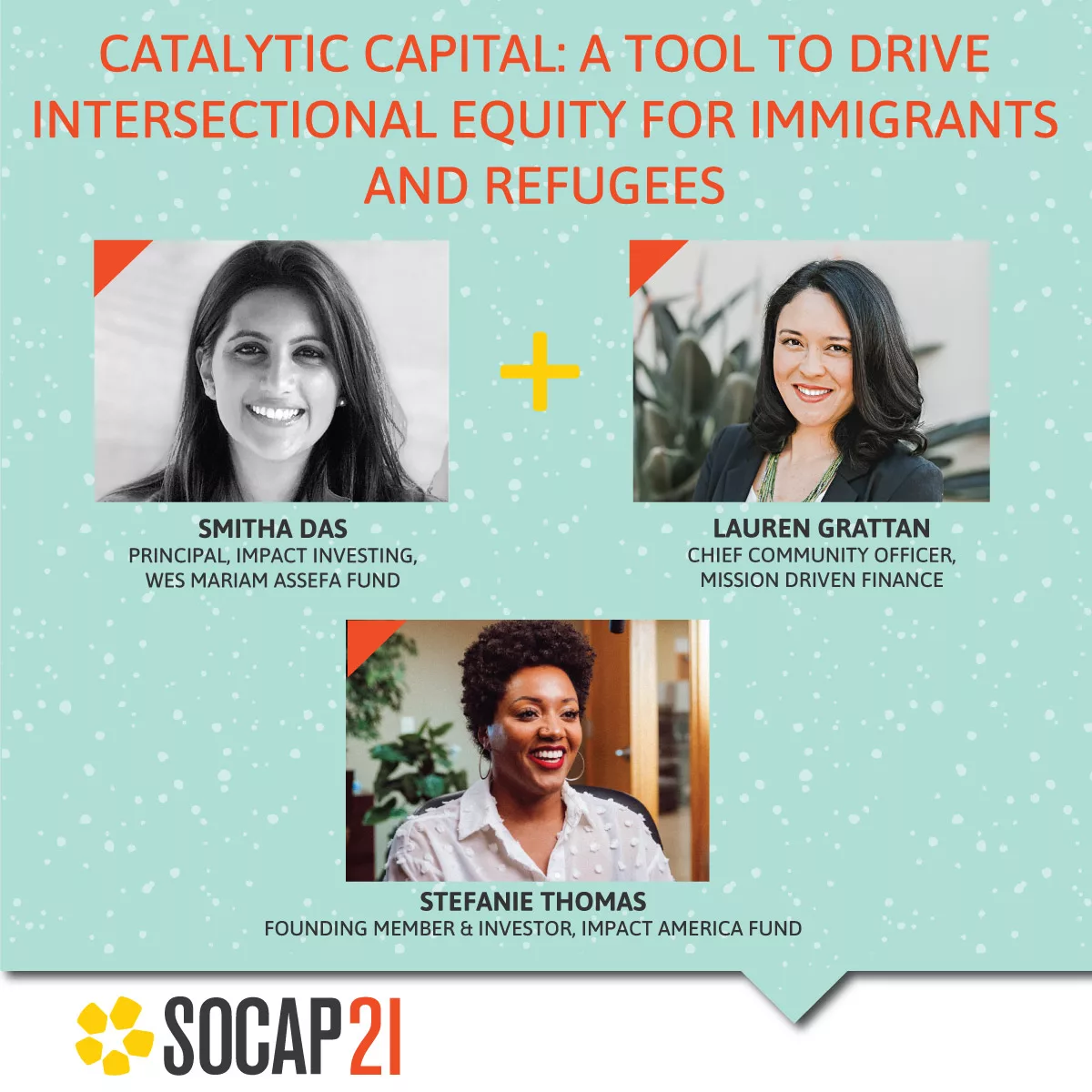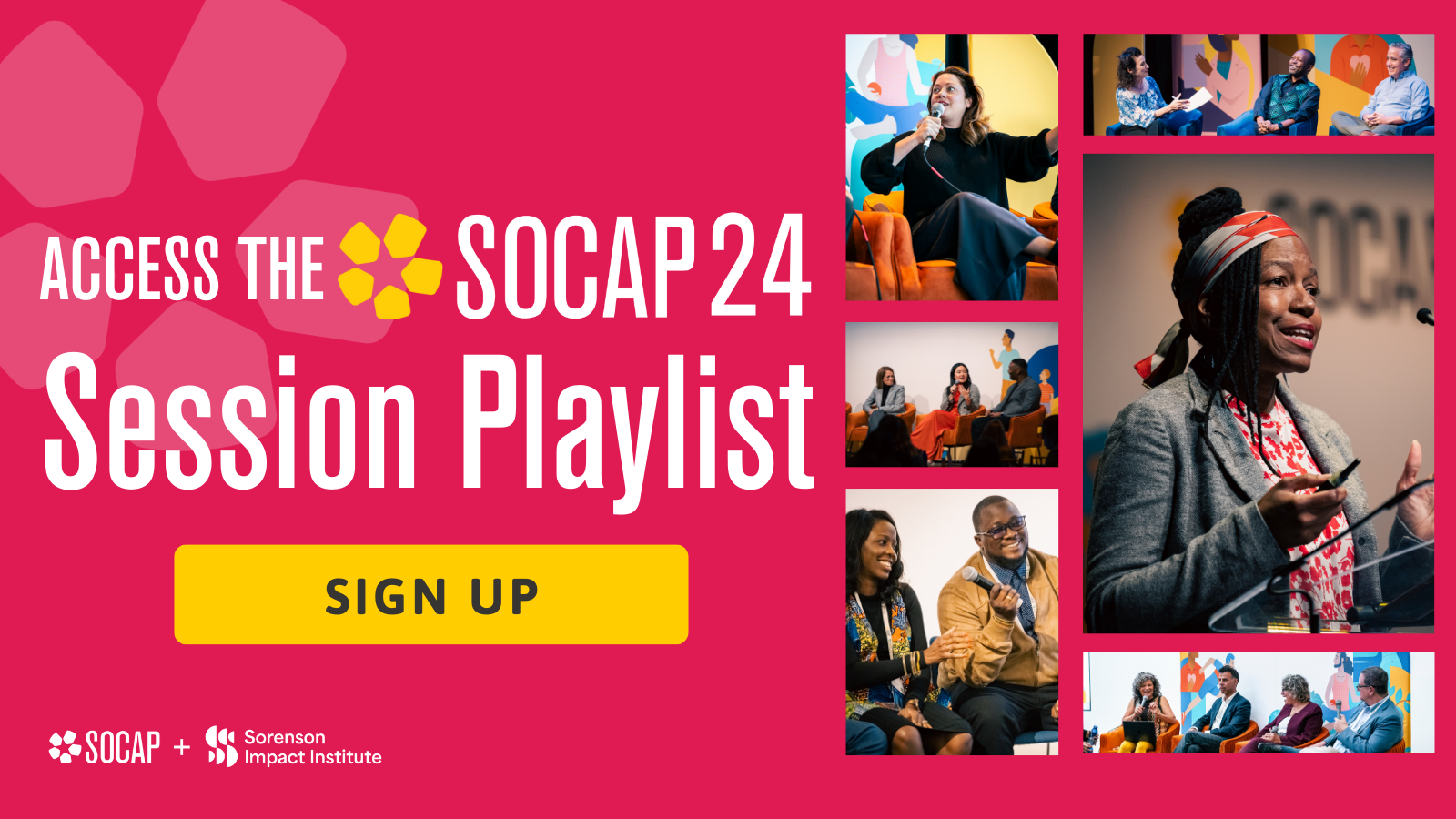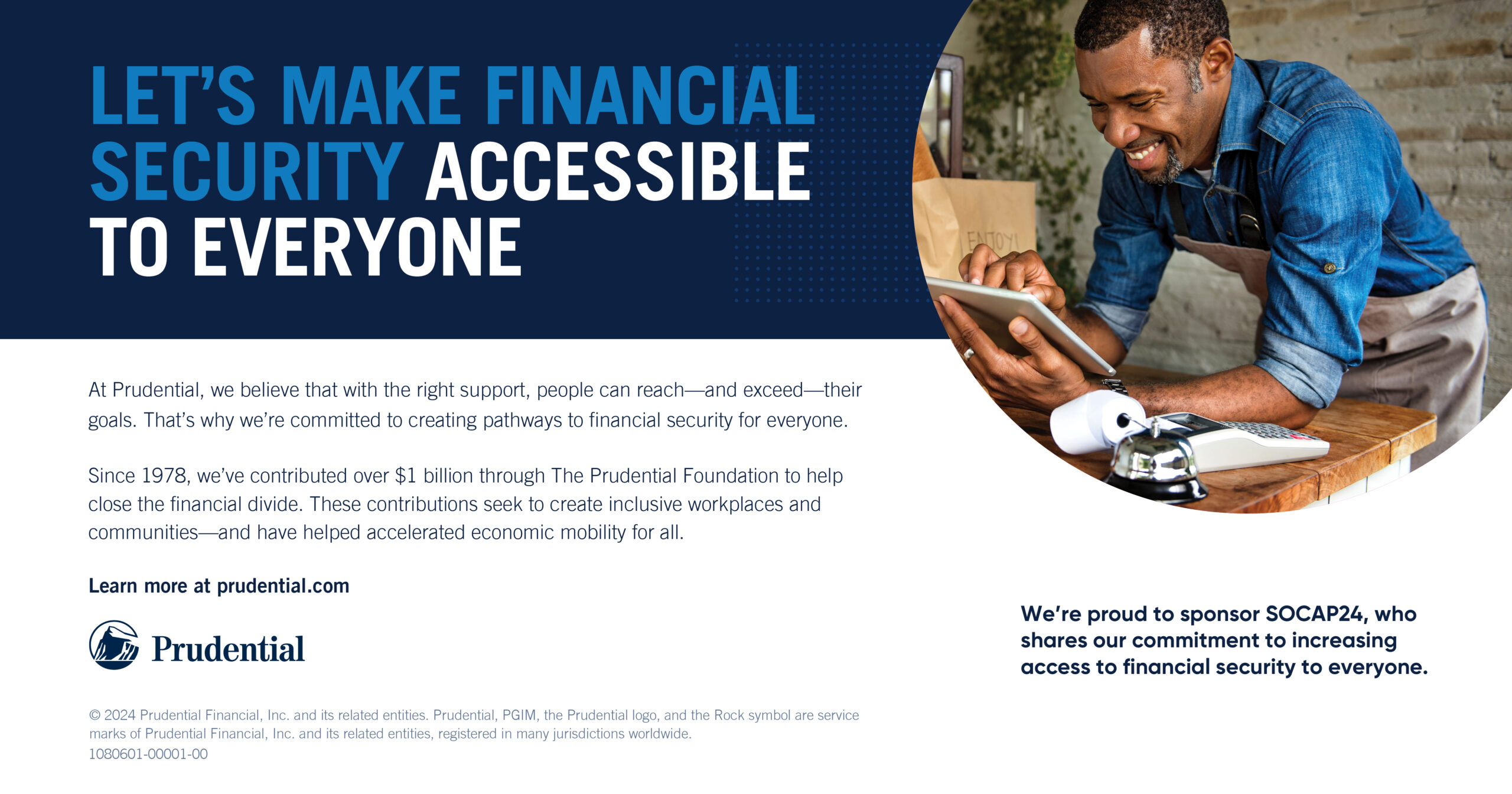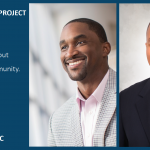How Impact Investors Can Connect Diverse Communities with Risk-Tolerant, Flexible Funding
Catalytic capital is risk-tolerant, patient, and flexible funding. This type of funding has the potential to close access, opportunity, and outcomes gaps for immigrant and refugee workers and communities. To maximize that potential, impact investments can be made with consideration for the intersectional identities of immigrants and refugees and the structural barriers they may face, from systemic racism to immigration policy to the recognition of international credentials.
This SOCAP21 session highlights how the WES Mariam Assefa Fund, Impact America Fund, and Mission Driven Finance are centering intersectional equity in their impact investments. With examples from their portfolios, they demonstrate how funders and investors can provide mission-driven organizations with catalytic capital to innovate and scale solutions that build more inclusive economies where everyone can contribute and thrive.
Stefanie Thomas, Founding Member and Investor at Impact America Fund, said its social justice investment work is shaped in large part by considering how identities — gender, race, income, and more — affect the way individuals interact with systems. “We think about it as a prism in which to evaluate the different ‘isms’ — racism, sexism, etc. — and to think about how those things interact and play out in large institutions and what that means for the communities that are involved,” she said.
By making equity-based direct investments in high-growth startup companies leveraging technology to scale, Impact American Fund aims to fuel market-based solutions and impact for diverse communities. “Our real focus is deeply on racially disadvantaged communities. When we look at outcomes, we look at how these solutions can address racial gaps,” she said. “How we look at the upside is around the embedded value in these communities that tend to be overlooked.”
Smitha Das, Principal at the WES Mariam Assefa Fund, said WES applies an intersectional equity lens to its investing and use of catalytic capital. “We think of our impact as twofold: It’s not only what we do but how we do it,” she said, noting WES aims to address three key market gaps: capital access, opportunity, and outcomes.
They also are incorporating a trust-based investing approach inspired by philanthropy. “It means we do our homework. It means we try to leverage diligence from peers,” she said. “It’s taking the burden away from the organizations we’re looking to invest in, to simplify and streamline processes and be clear about what we need to know.”
As Co-Founder and Chief Community Officer at Mission Driven Finance, Lauren Grattan incorporates her experience as a mixed-race woman of color raised in Hawaii in her work. “Growing up, I saw every day the benefits of empowering newcomers,” she said. “The communities we’re talking about often have been displaced and don’t have the privilege of accessing the (financial) foundation built over generations.”
By working to advance inclusive economic opportunity, Mission Driven Finance hopes to reduce gaps in access to catalytic capital that will in turn reduce gaps in opportunity for education, wealth, and health, Grattan said. “We look at how we’re building relationships (and) where we can look for opportunity where others see risk,” she said. “We have a real conversation about your vision for the community and what you’re trying to do.”
Watch Catalytic Capital: A Tool to Drive Intersectional Equity for Immigrants and Refugees
Speakers
Smitha Das, Principal, WES Mariam Assefa Fund
Lauren Grattan, Co-Founder and Chief Community Officer, Mission Driven Finance
Stefanie Thomas, Founding Member and Investor, Impact America Fund





